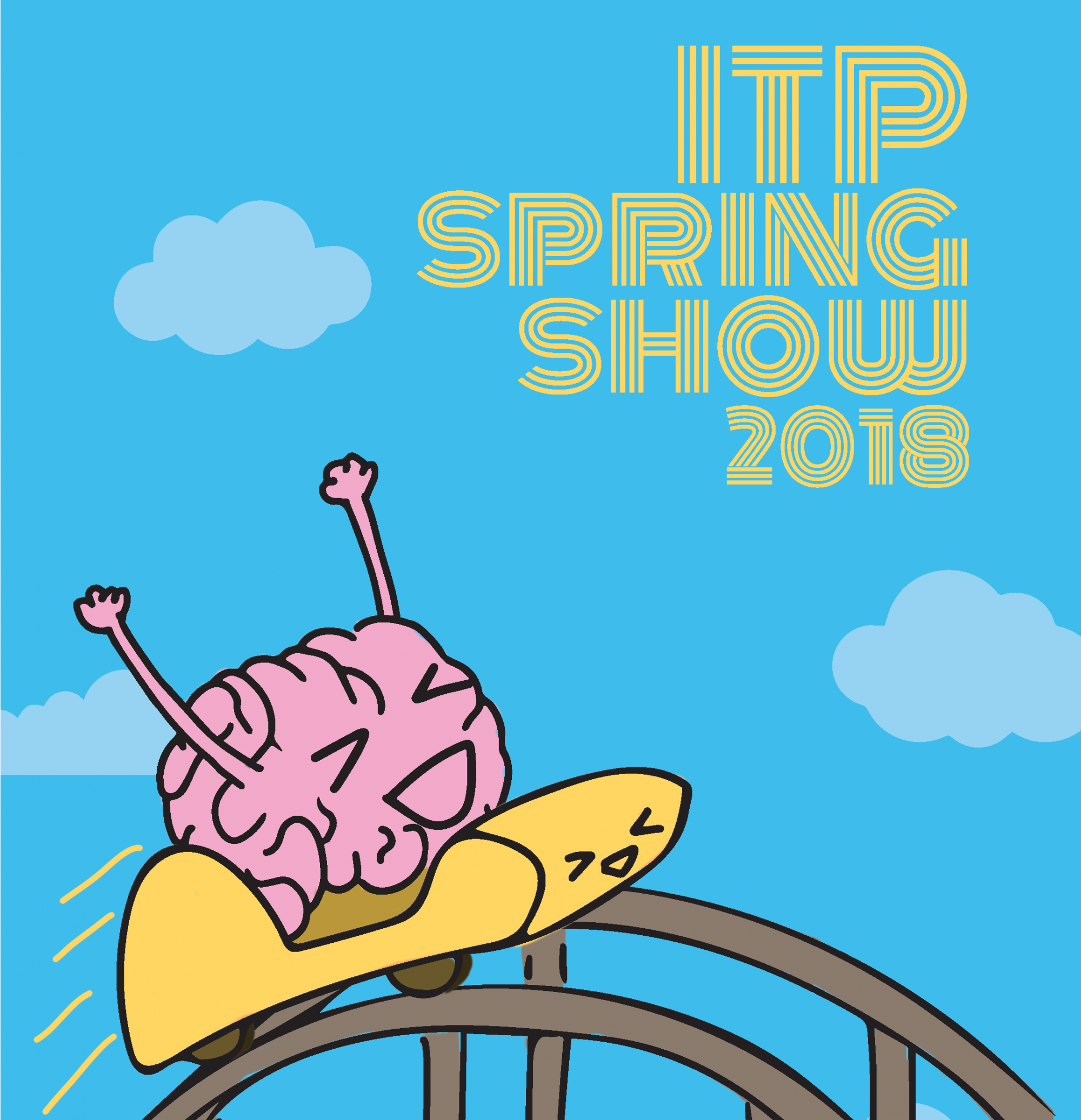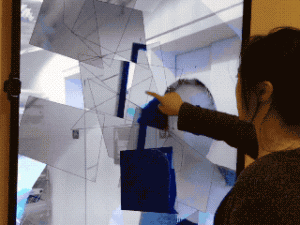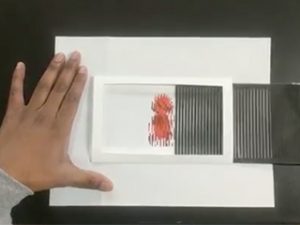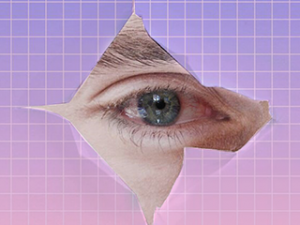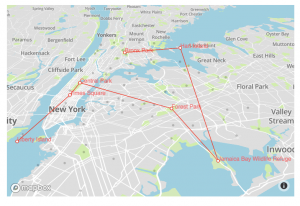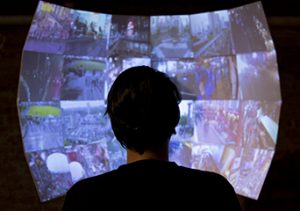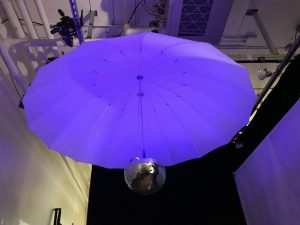Siman Li
<br /><br />
The Crossings 渡 is a multidimensional installation that uses visual, aural and olfactory interpretation of the buddhist concept relief. Using projection, sound and human body to stimulates the audience’s imagination that is abstract, ancient, futuristic and poetic.
https://www.siman.li/#/-the-crossings/
Description
The Crossings 渡 is a sculpture that in the shape of both mountain and artist's own body, with projection of seasons changes animation that represents the changes happen in life. While the animation changes, the sculpture itself seems to change in form, and provoking the audience's different emotions.
Inspired by the ancient Chinese landscape painting style, this work is a visual, aural and olfactory interpretation of the Buddhist concept —relief. Using the technique of 3D scanning, the body of the artist was captured, broke down and deformed into the shape of landscape. The 3D model was used to generate physical simulation animation to represent four seasons, using different color, form and dynamic to stimulates the audience’s imagination that is abstract, ancient, futuristic and poetic.
This work is a continuation of the artist’s exploration into the examination of traditional Chinese aesthetic and philosophy, by extracting, exploring and extending the core elements within a contemporary discourse without being bound by the formal restraints of tradition.
Classes
Thesis
